The 27.5" trail bike strikes a legendary balance: agile enough for tight corners, stable enough for chunk, and playful everywhere. But for years, a critical component often held them back – the fork. Enter high-modulus wonders like the Trifox T800 Carbon Boost Fork, fundamentally changing the game for 27.5" riders seeking pure trail performance.
The Weight Revolution:
Traditional alloy or lower-grade carbon forks add significant heft up front. T800 carbon fiber, renowned for its exceptional stiffness-to-weight ratio, slashes grams dramatically. Forks like the Trifox TMK200 tip the scales around a mere 450g. This unsprung weight reduction is transformative: your 27.5" bike becomes noticeably nimbler, accelerates faster, and flicks through technical sections with telepathic responsiveness. Climbing feels less of a chore as the front end stays light and precise.
Stiffness Meets Trail Agility:
Weight savings mean nothing without control. T800 carbon delivers incredible torsional and lateral stiffness. Paired precisely with the Boost 110x15mm thru-axle standard, this fork eliminates flex under hard cornering or braking. Your 27.5" wheels track exactly where you point them, inspiring confidence through loose berms and off-camber roots. Power transfer is direct, making every pedal stroke count. This stiffness isn't harsh; modern carbon layups absorb high-frequency trail buzz beautifully, enhancing control without sacrificing comfort on long descents.
Optimized for the Platform:
The 27.5" wheel thrives on quick handling and maneuverability. A rigid carbon fork like this amplifies those traits. Without suspension bobbing or diving, you get pure, unadulterated feedback from the trail. Steering input is immediate, fostering a deeply connected, "ride the tire" experience that sharpens skills and heightens fun. The tapered steerer tube ensures precise handling and integrates seamlessly with modern frames. Plus, the Boost spacing allows clearance for wider 27.5+ tires (often up to 2.8"), adding versatility for different terrains.
Durability & Simplicity:
文字
High-quality T800 carbon isn't just light and stiff; it's incredibly strong and fatigue-resistant. Rigid forks also ditch complex suspension components – no seals to service, no oil to change, no air springs to tune. It's maintenance simplicity defined, offering reliable performance ride after ride with minimal fuss. Disc brake specific (flat mount or post mount) ensures powerful, consistent stopping power.

The Verdict:
For 27.5" trail riders prioritizing agility, efficiency, and a pure connection to the trail, the T800 Carbon Boost fork isn't just an upgrade; it's a revelation. It unlocks the platform's inherent playfulness by shedding weight, boosting stiffness, and delivering unmatched precision. If you crave a more responsive, lively, and engaging ride from your 27.5" steed, this technology is the key. It transforms your bike into a sharper, faster, and more rewarding partner on every trail.
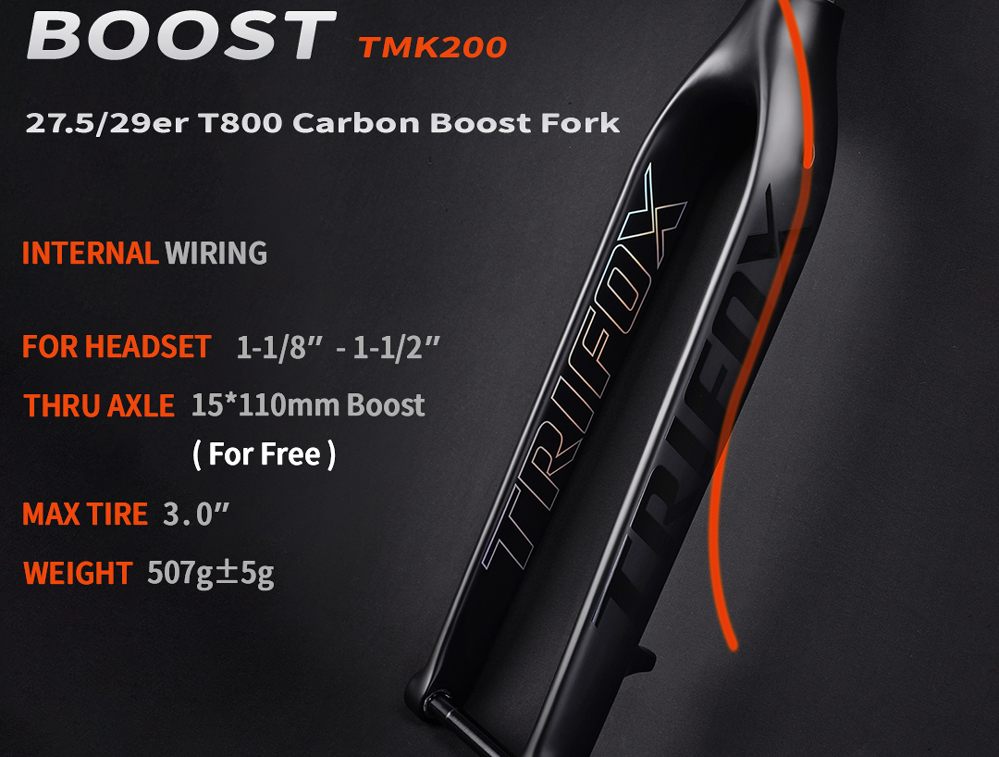
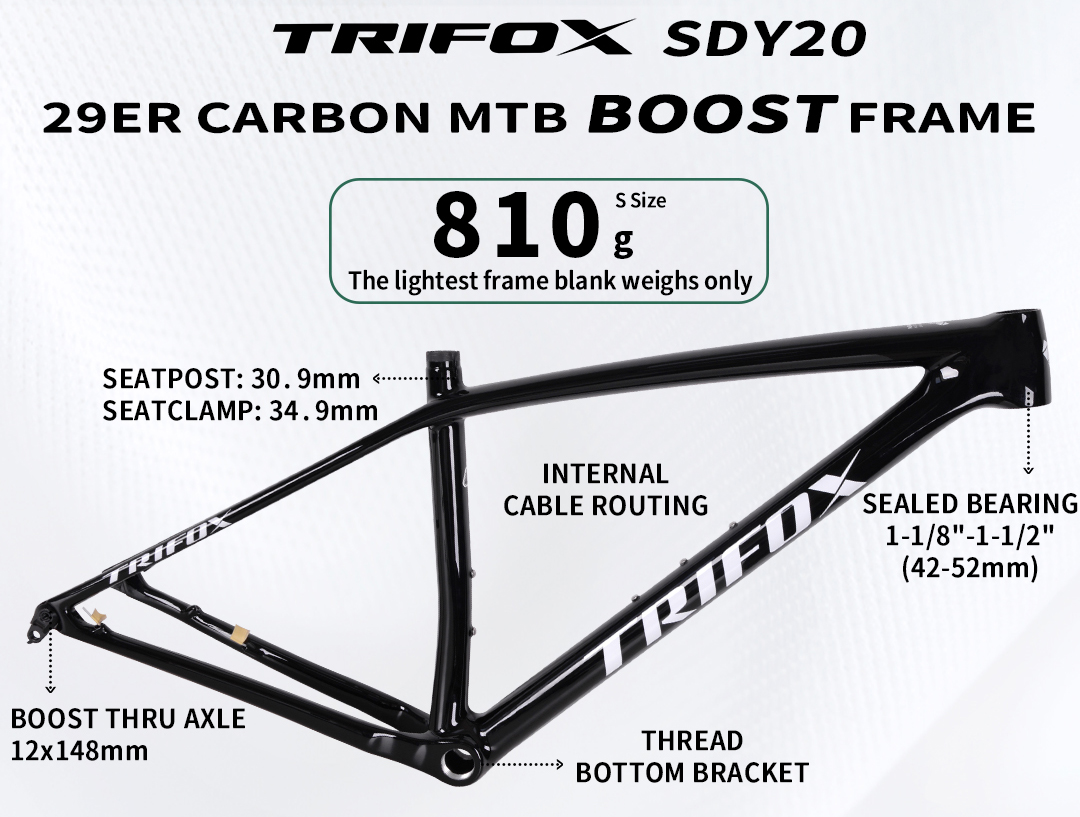
In mountain biking, weight is gravity’s currency. For racers and climb-obsessed riders, every gram shaved unlocks speed, agility, and that precious edge over rivals. At Trifox, this obsession birthed the SDY20 hardtail frame – their lightest 29er carbon chassis ever, engineered to turn ascents into triumphs.
The Magic Number: 930g
Weighing just 930 grams (size S, unpainted), the SDY20 isn’t just light – it’s a feat of carbon optimization. Using T1000 carbon with refined layering, Trifox achieves staggering stiffness-to-weight while maintaining trail-taming compliance. This frame isn’t delicate; it’s intelligently minimal.
Why Lighter = Faster?
- Acceleration: Less mass to propel uphill = instant response when you stamp the pedals.
- Agility: Flickable on switchbacks and effortless to loft over roots.
- Endurance: Reduced fatigue = more watts left for the final kick.
Race-Ready DNA Beyond Weight:
- XC Geometry: A 68.5° head angle and 445mm reach balance stability and razor-sharp precision.
- Boost Spacing: 148x12mm rear / 110x15mm front maximize stiffness and wheel compatibility.
- Stealth Integration: Full internal routing (brakes + dropper) for clean looks and snag-free rock gardens.
Modern Trail Specs: 1x-only, tapered head tube, and room for 2.4" tires.
Who Is the SDY20 For?
- XC Racers: Chase podiums with a frame born for efficiency.
- Climb Conquerors: Transform suffering into flow.
- Weight Weenies: The ultimate gram-shavers'canvas.
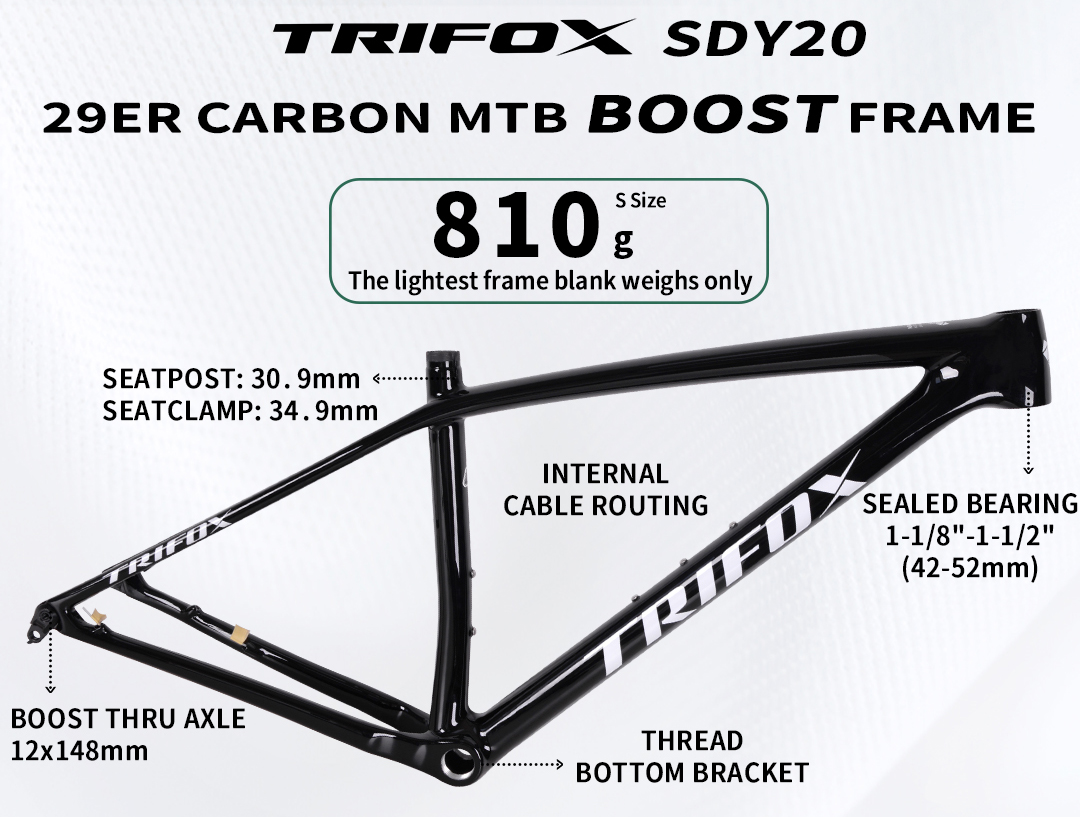
The Verdict:
The SDY20 isn't just a frame – it's Trifox's love letter to climbing. By ruthlessly cutting grams without sacrificing stiffness or control, it delivers a ride experience where the bike disappears beneath you, leaving only you, the trail, and the summit ahead.
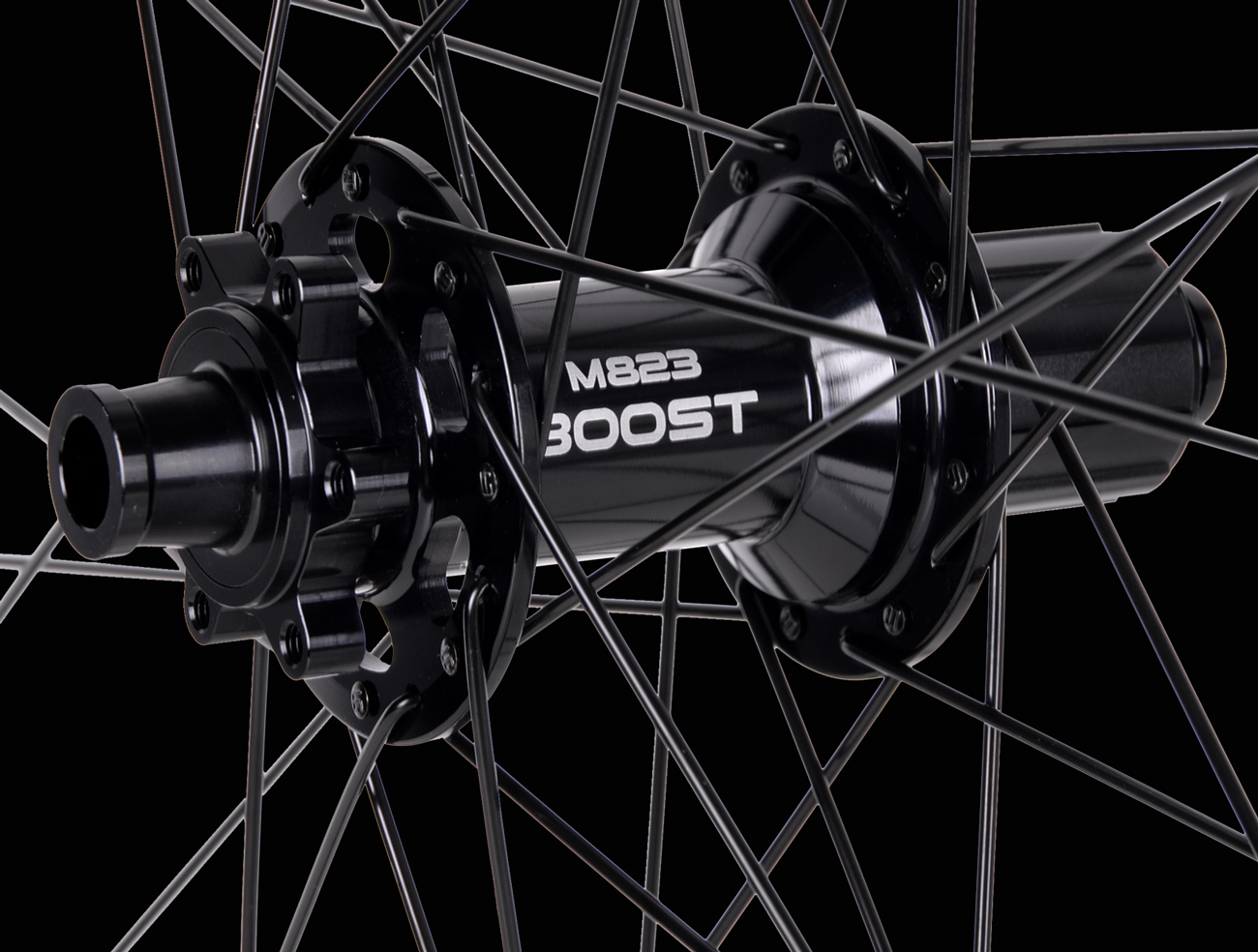
Choosing hubs isn't just about spinning wheels; it's about defining your ride. Do you crave lightning acceleration for racing, or bombproof reliability for epic adventures? The right hubs make all the difference. Here’s how to pick your perfect set:
1. The Speed Seeker’s Setup:
Lightweight Construction: Prioritize hubs made with premium alloys or carbon (like Trifox's T-Type series) to minimize rotational weight = faster acceleration.
High Engagement Points (POE): Look for 3-pawl or 6-pawl designs (e.g., Trifox T-Type hubs offer 72T/108T options). More POE means near-instant power transfer when you stomp the pedals – essential for sprints and technical climbs.
Aerodynamic Spokes: Pair with fewer, bladed spokes to cut drag.
2. The Durability Dominator’s Choice:
Robust Shell & Flanges: Choose hubs with thick, CNC-machined alloy shells (like Trifox's DH/Enduro-focused hubs). Stronger flanges better handle spoke tension and impacts.
Sealed Bearings: Double-lip, cartridge bearings (standard in quality hubs like Trifox) keep out grit, water, and grime for longer life in harsh conditions.
Higher Spoke Count: 32h or 36h builds offer greater strength and redundancy for rough trails or heavy loads.
3. The Sweet Spot? Know Your Terrain:
Road/Gravel Racing: Ultra-light hubs (like Trifox T-Type Carbon) + High POE. Weight savings reign supreme.
XC/Trail Riding: Balance is key. Moderate weight, good POE (e.g., Trifox T-Type Alloy), and reliable sealed bearings.
Enduro/Downhill: Durability first! Heavy-duty alloy hubs (like Trifox Titan), max sealing, and 32h/36h builds. POE still matters for control.
4. Don't Forget Compatibility!
Ensure the hub matches your:
Axle Standard (Quick Release, Thru-Axle size)
Brake Type (Rotor mount: 6-bolt or Centerlock)
Drivetrain (Cassette body: Shimano HG/SRAM XD/XDR, Microspline)
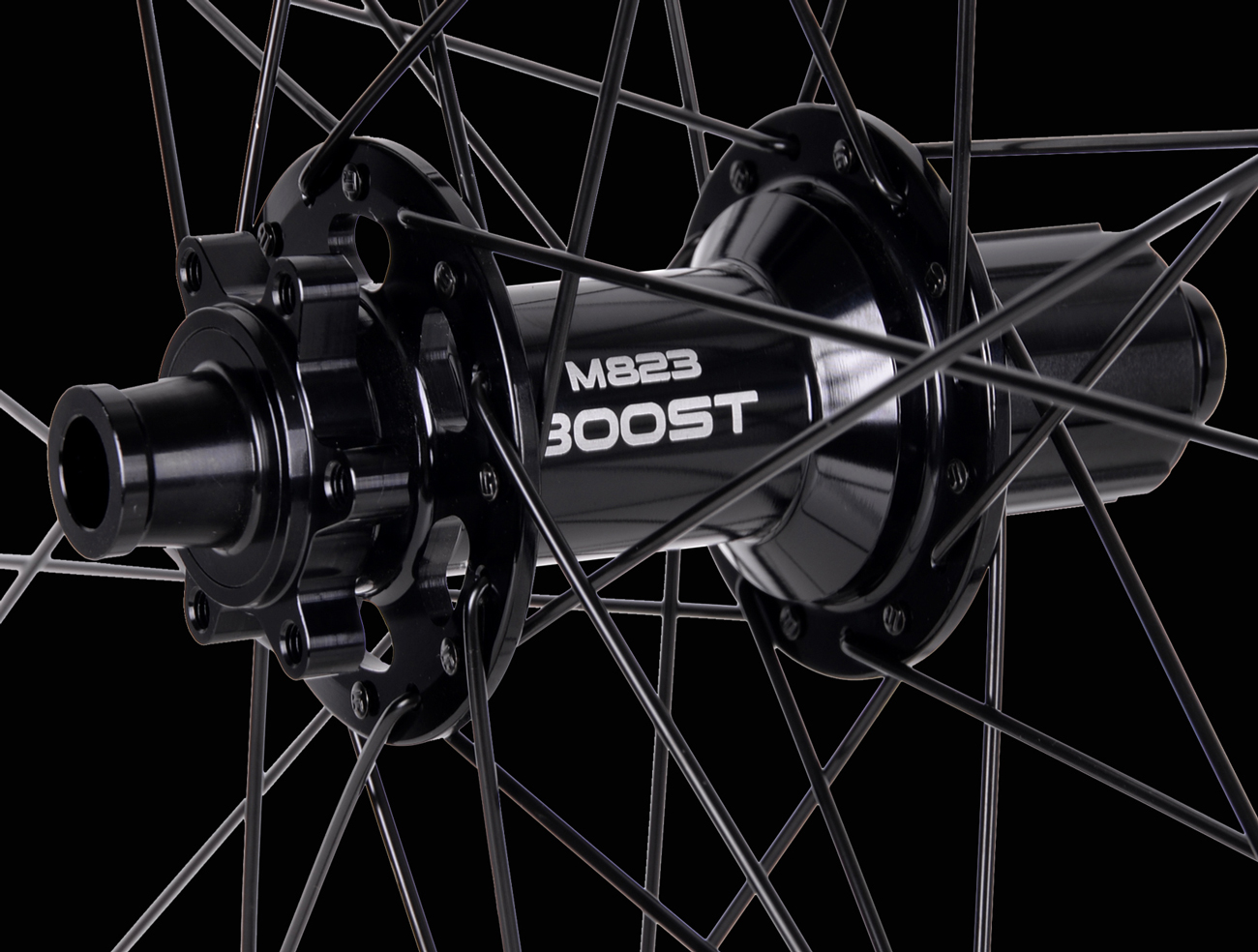
TrifoxBike: Engineered for Your Need
Whether you're chasing KOMs (T-Type Carbon Hubs for minimal weight & max engagement) or conquering rugged trails (Titan Alloy Hubs for ultimate strength & reliability), Trifox offers precision-engineered hubs designed to excel. Explore their range to find your perfect balance of speed and durability!
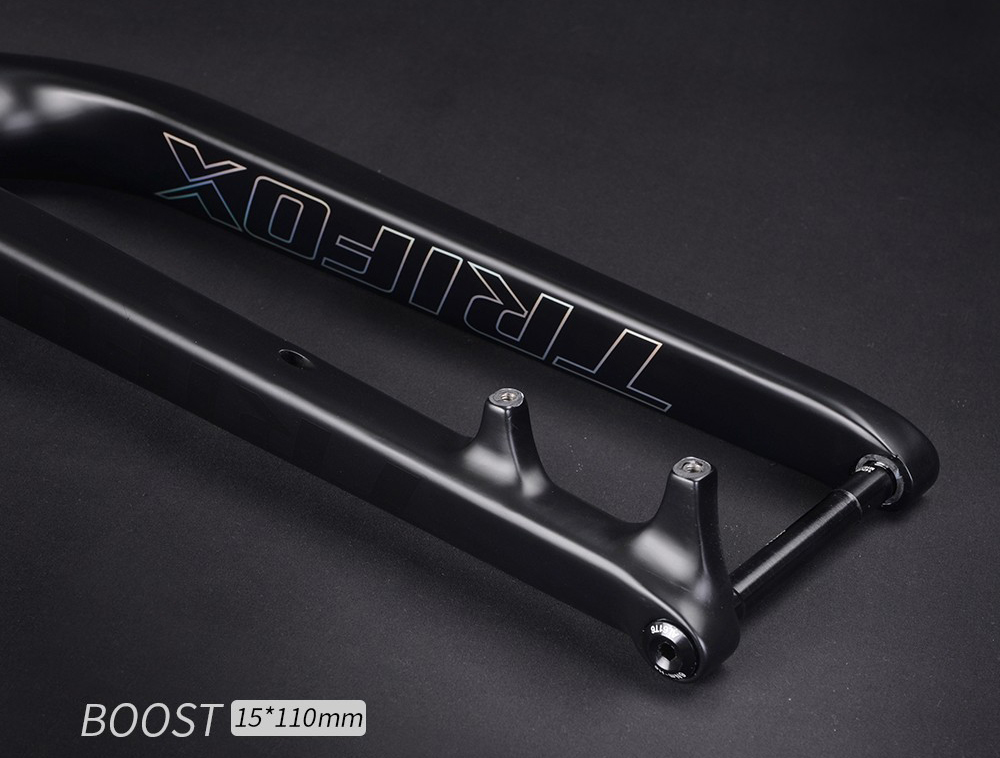
In a world dominated by full-suspension mountain bikes and plush gravel rigs, rigid frames and forks might seem outdated. Yet, for many riders and disciplines, rigid suspension (i.e., no suspension at all) offers compelling advantages. Here’s why going rigid could transform your ride:
1. Unmatched Efficiency:
Every bump absorbed by suspension saps pedaling energy. Rigid bikes convert 100% of your power into forward motion. This makes them ideal for climbing, smooth trails, gravel roads, or urban commuting where speed and efficiency trump impact absorption.
2. Lighter Weight:
Eliminating shocks, springs, and pivots slashes weight significantly. A lighter bike accelerates faster, feels nimbler, and is easier to carry – a major perk for bikepacking, cyclocross, or long-distance riders.
3. Lower Maintenance & Cost:
No suspension means no seals to service, no air springs to tune, and no pivot bearings to replace. Rigid setups are simpler, cheaper to buy/maintain, and less prone to mechanical issues on long adventures.
4. Enhanced Direct Feel & Control:
Experience unparalleled connection to the trail. Rigid bikes offer instant feedback through the bars and saddle, allowing precise line choice, sharper cornering, and improved bike handling skills. You feel the terrain, fostering greater rider engagement.
5. Increased Frame Stiffness & Compatibility:
Without suspension constraints, frames can be designed for optimal stiffness and weight distribution. Rigid forks also simplify compatibility with any wheel size, tire width, or braking system (rim or disc).
6. Better Power Transfer:
No suspension bob means power surges – sprints or steep climbs – transfer directly to the rear wheel without energy loss. This responsive feel is cherished by racers and performance-focused riders.
Where Rigid Reigns Supreme:
Gravel & Road Riding: Efficiency and speed rule.
Smooth Singletrack/Hardpack: Where precision trumps plushness.
Commuting/Touring: Reliability and low maintenance win.
Cyclocross: Lightweight agility is critical.
Bikepacking: Weight savings and durability matter most.
The Trade-Off:
Rigid isn't for everyone. On technical, rocky, or rooty terrain, suspension smooths impacts and reduces fatigue. Your hands, arms, and back absorb more vibration.
Maximizing Rigid Comfort:
Wider Tires: Run lower pressures (within safe limits) for natural cushioning.
Compliance Tuning: Look for carbon forks/frames designed to flex subtly.
Eronomic Touchpoints: Quality grips, a supportive saddle, and padded gloves help.
The Verdict:
Rigid suspension champions purity, efficiency, and connection. It rewards skilled riders with lightning-fast responses and liberates you from complex maintenance. If your terrain allows, embracing rigidity means rediscovering the joy of direct control and unadulterated speed. It’s not about rejecting suspension; it’s about choosing the right tool for your ride.
Ready to simplify? A rigid bike might redefine "smooth" for you.

That frustrating moment: you've got a shiny new seatpost clamp, ready to eliminate seat slippage once and for all... only to find it doesn't fit your frame. Don't worry, you're not alone! Choosing the right seat clamp size is crucial, and thankfully, it boils down to one key measurement: your bike frame's seat tube outer diameter.
Why Size Matters:
Seatpost clamps work by tightening around the outside of your frame's seat tube, applying pressure to secure the seatpost inside. If the clamp is too small, it simply won't fit. If it's too large, it won't tighten evenly or effectively, potentially leading to:
- Persistent Slipping: Your seatpost gradually sinks during rides.
- Frame Damage: Uneven pressure can crush or distort thin-walled seat tubes, especially on carbon frames.
- Clamp Failure: Over-tightening a too-large clamp to compensate can strip bolts or break the band.
Finding Your Magic Number (in millimeters):
Here's how to find your frame's seat tube outer diameter:
1. The Gold Standard: Calipers: Digital or Vernier calipers give the most accurate reading. Measure the outer diameter of the seat tube near the top, where the clamp sits. Avoid measuring over decals or thick paint layers.
2. Check Existing Clamp: If your current clamp works, it likely has the size stamped or engraved on the inside of the band (e.g., "31.8", "34.9", "36.4").
3. Frame Sticker/Model Info: Some manufacturers print the seat tube diameter on a frame sticker near the bottom bracket or include it in the online specs for your bike model.
4. Manufacturer's Website: Look up your specific bike model year specs – the seat clamp size is often listed.
5. Common Sizes (But MEASURE to Confirm!):
- Road Bikes: Often 28.6mm, 31.8mm, or 34.9mm.
- Mountain Bikes: Common sizes include 30.0mm, 31.8mm, 34.9mm, 36.4mm, 38.0mm, and 39.8mm.
- Gravel Bikes: Can vary, often overlapping road and MTB sizes (e.g., 31.8mm, 34.9mm).
- Older Steel Bikes: May use sizes like 26.8mm, 27.2mm (seatpost size, clamp is larger!), 28.6mm.
Trifox Bike Alloy Seatpost Clamps: A Great Example
Trifox Bike offers lightweight and durable alloy seatpost clamps (like the one linked: https://www.trifoxbike.com/alloy-seatpost-clamp) in a wide range of precisely sized options – typically 28.6mm, 30.0mm, 31.8mm, 34.9mm, 36.4mm, 38.0mm, and 39.8mm. This variety highlights why knowing your exact measurement is essential! Don't guess; measure your frame first, then select the matching Trifox clamp size.
Installation Tip: Torque It Right!
Once you have the perfect size clamp (e.g., a 34.9mm clamp for a 34.9mm seat tube):
1. Clean the seat tube and clamp contact points.
2. Apply a small amount of carbon or aluminum assembly paste to the seatpost inside the tube (prevents slippage, crucial for carbon posts/frames).
3. Position the clamp with any logos facing forward.
4. Crucially: Tighten the bolt(s) gradually and evenly to the manufacturer's recommended torque setting (usually printed on the clamp or in your bike manual). Over-tightening can damage the frame or clamp. Use a torque wrench if possible.
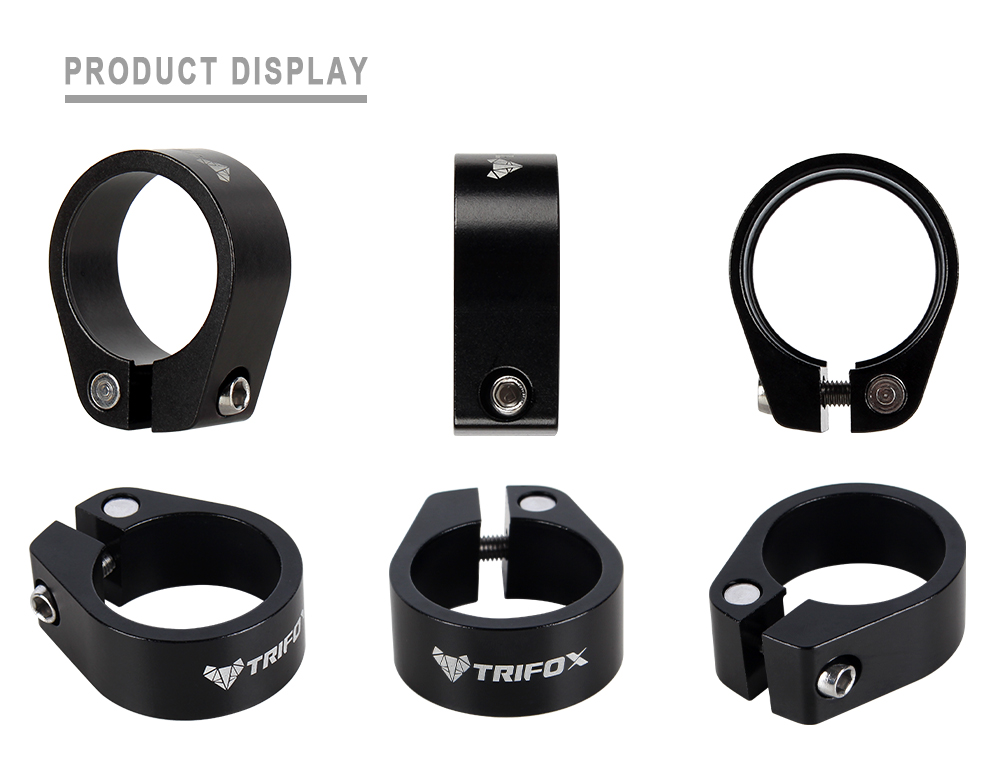
Forget "standard" sizes. Your bike's seat tube outer diameter (OD) dictates the seatpost clamp size you need. Measure accurately using calipers, check your old clamp, or consult your frame specs. Once you know your size (e.g., 31.8mm), choosing a high-quality, correctly sized clamp like those from Trifox Bike ensures a secure, reliable, and damage-free connection, letting you focus on the ride ahead!
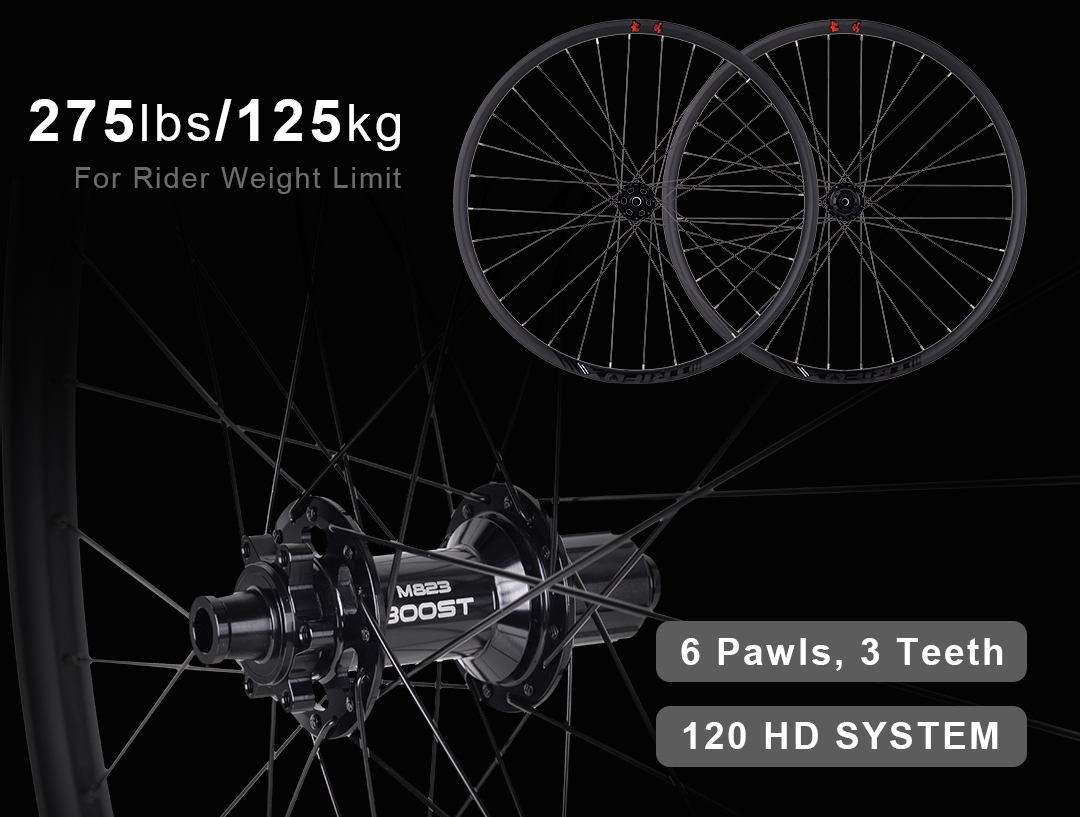
That "Boost" label on wheels and frames isn't marketing fluff – it's a significant evolution in mountain bike standards solving real problems. Here's the lowdown:
The Core Idea: Wider Hub Spacing
- Old Standard (Non-Boost): Front: 100mm width. Rear: 142mm width.
- Boost Standard: Front: 110mm width. Rear: 148mm width.
Why Bother Going Wider? Key Benefits:
1. Stiffer Wheels: The wider hub flanges (the points where spokes attach) move the spokes further apart laterally. Think of it like a wider stance. This dramatically increases wheel stiffness, especially crucial for:
Hardtails: Reducing flex under pedaling and cornering.
Modern Geometry: Supporting wider tires and longer, slacker bikes that put more stress on wheels.
Preventing Brake Rub: Stiffer wheels flex less under hard braking (disc brakes), reducing the chance of pads hitting the rotor.
2. Better Tire Clearance: The wider spacing allows frame designers to create wider rear triangles and fork crowns. This provides ample room for today's popular wider tires (2.4" to 2.8"+) without compromising chainline or risking tire rub on the frame.
3. Improved Frame Design: The extra space allows designers to:
Create shorter chainstays (improving maneuverability).
Use wider, stiffer bottom brackets (like BB92/BB121).
Improve suspension kinematics (on full-suspension bikes).
4. Better Chainline: The wider rear hub shifts the cassette slightly outboard. Combined with modern 1x drivetrains, this creates a straighter chainline across all gears, improving shifting performance and efficiency.
What Do You Need for Boost?
- Boost Frame & Fork: Your bike frame must have Boost rear spacing (148x12mm thru-axle) and your fork must have Boost front spacing (110x15mm thru-axle).
- Boost Wheels: You need wheels built with hubs specifically designed for Boost spacing. (Like the Trifox WM823 Boost wheels linked above).
- Boost Crankset: While not always mandatory, most modern Boost frames pair best with cranks designed for a wider "Boost chainline" (often 52mm vs the old 49mm).
Is Boost Backwards Compatible?
Generally, no. You can't fit a Boost wheel into a non-Boost frame/fork without adapters (which often compromise stiffness). Non-Boost wheels won't fit Boost frames/forks.
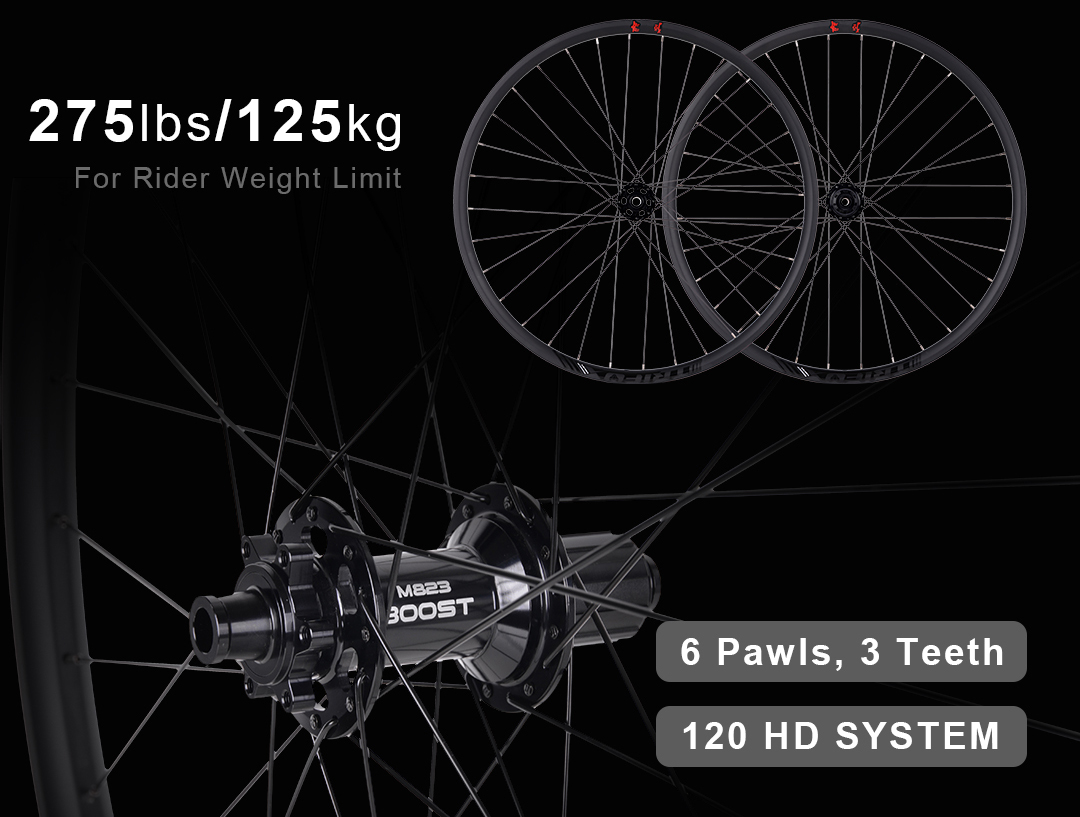
Boost isn't just "newer," it's genuinely better. It delivers tangibly stiffer, stronger wheels, enables modern frame designs and tire sizes, and improves drivetrain performance. If you're buying a new mountain bike or wheels (like the Trifox WM823 Boost), Boost is the modern standard you want. It solved real engineering limitations and is here to stay.
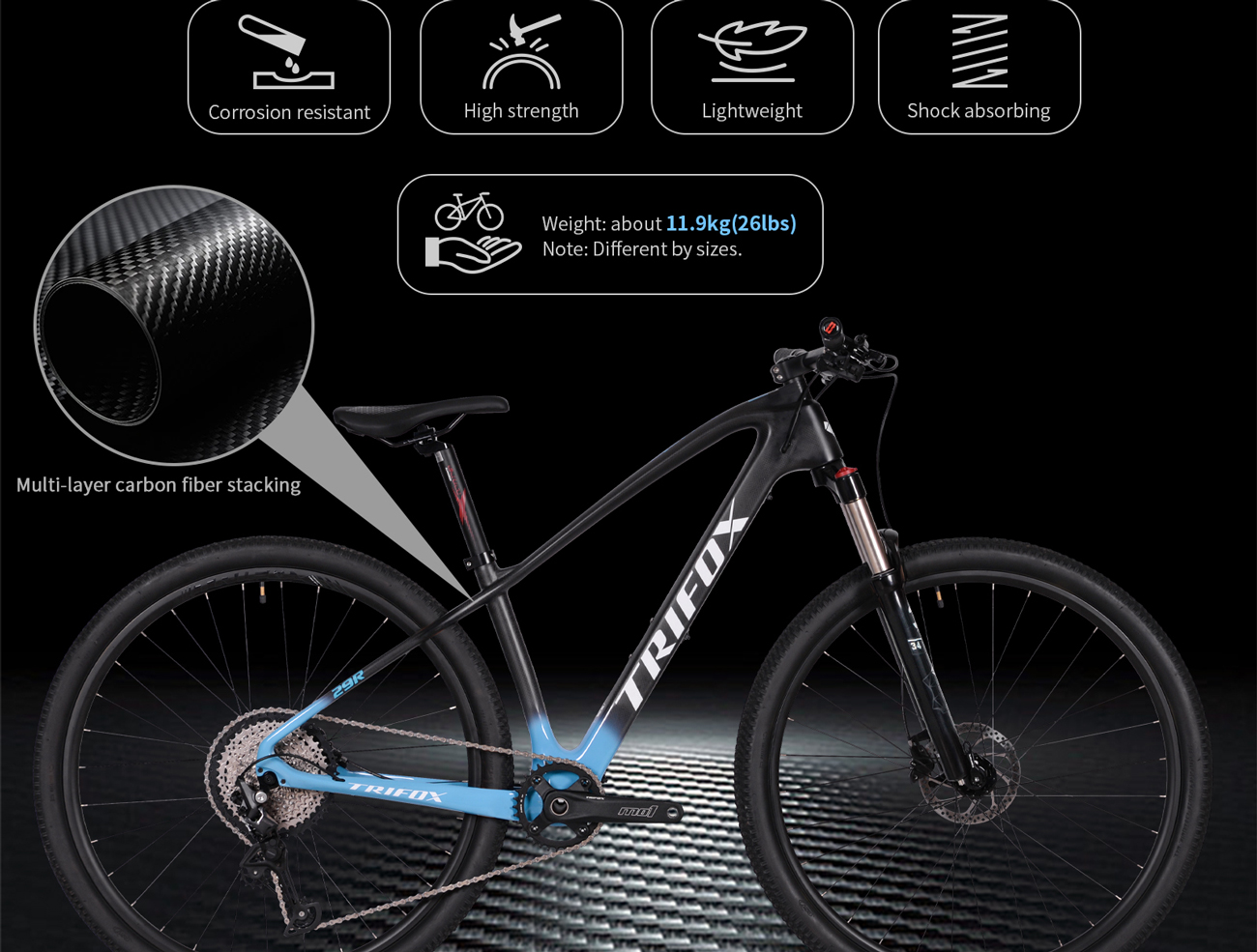
You see "T800 carbon" touted in bike specs, often positioned between "entry-level" T700 and premium "high-modulus" (like T1000+). But what does it actually mean, and is it good?
Here's the breakdown:
1. What "T800" Means: It refers to the tensile modulus of the carbon fiber strands (measured in Gigapascals - GPa). T800 fiber has a higher modulus (stiffer) than T700, but lower than ultra-high-modulus fibers like T1000 or T1100. Higher modulus generally means stiffer and stronger fibers for their weight.
2. The Benefits:
Improved Stiffness-to-Weight Ratio: Compared to T700, T800 allows frame designers to use less material to achieve the same stiffness, or make a frame stiffer at the same weight. This translates to better power transfer and responsiveness.
Good Strength: T800 offers excellent strength, crucial for durability and impact resistance.
Balanced Performance: It hits a sweet spot between the relative affordability/forgiveness of T700 and the extreme stiffness (and often higher cost/brittleness potential) of higher modulus fibers.
3. The Reality Check:
Layup is KING: The raw fiber grade is only part of the story. How the fibers are oriented, woven, layered (the "layup"), and bonded with resin determines the frame's final ride quality, strength, weight, and compliance. A genius layup with T700 can outperform a poor one with T800.
Not All T800 is Equal: Quality control in fiber production and frame manufacturing is paramount. Reputable brands ensure consistency; cheap frames might use "T800" but with questionable processes.
Higher Modulus ≠ Always Better: Ultra-high-modulus fibers (T1000+) can be too stiff, leading to a harsh ride. T800 often provides a better balance of stiffness and some vertical compliance (comfort).
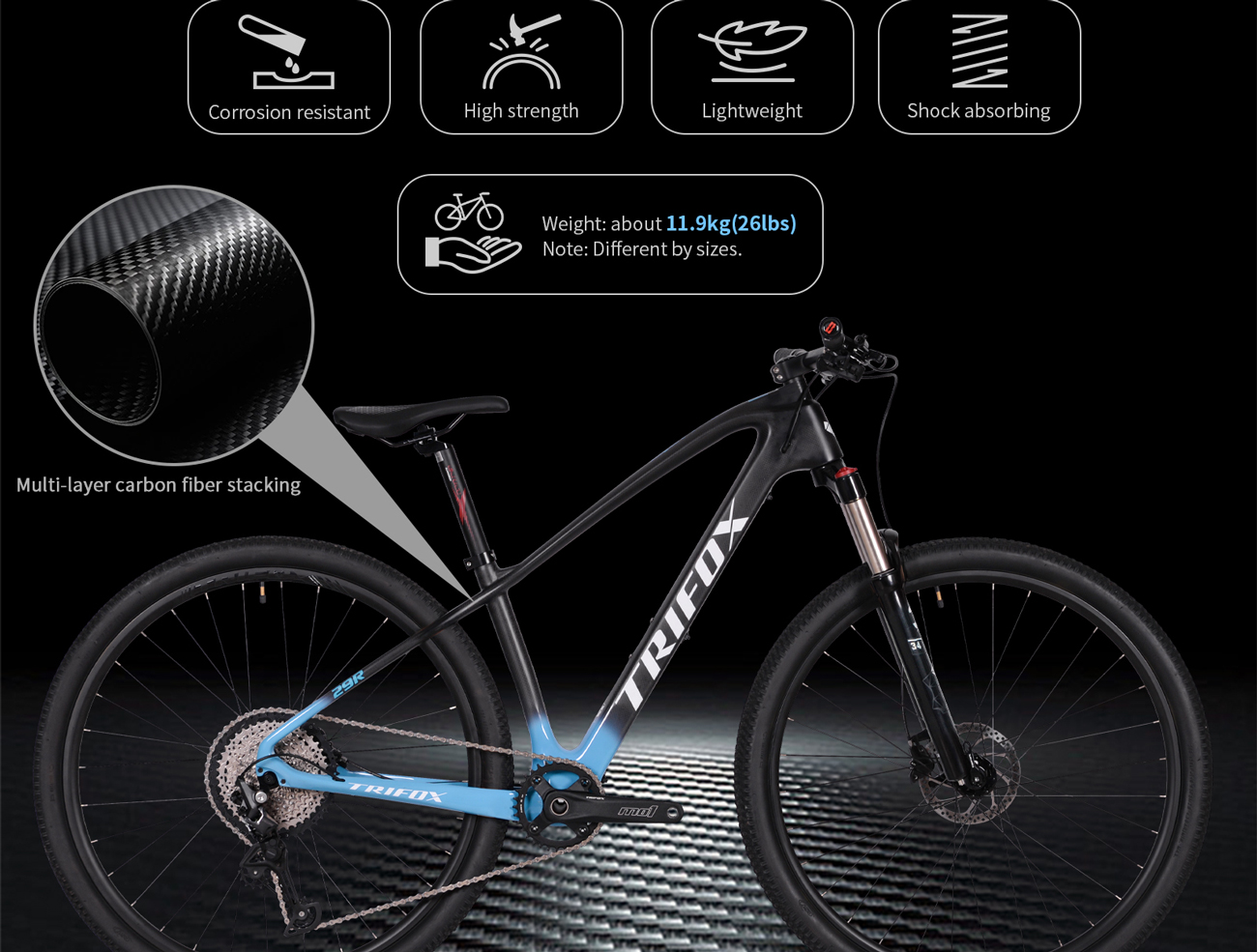
Verdict:
T800 carbon is a very good, high-performance material commonly found in quality mid-range to high-end road, gravel, and MTB frames. It offers a significant step up from basic T700 in terms of stiffness and efficiency without necessarily venturing into the ultra-stiff (and potentially less comfortable or more expensive) realm of top-tier moduli.
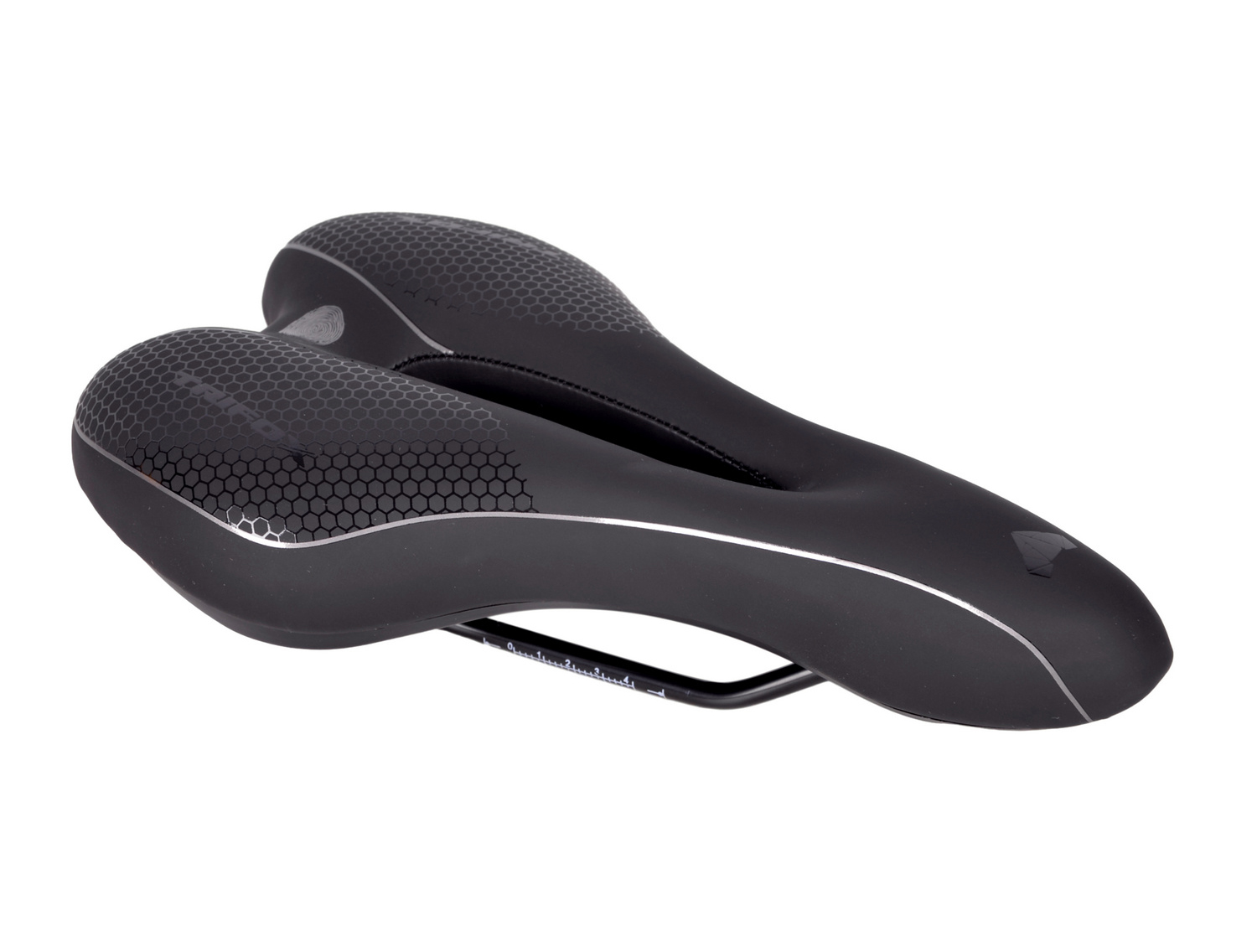
Let's be honest: an uncomfortable saddle can turn the joy of cycling into pure misery. Numbness, chafing, and soreness aren't badges of honor – they're signs you need a better perch! Choosing the right saddle is crucial for pain-free, enjoyable miles. Forget the "toughen up" myth; comfort is king. Here’s how to find yours:
1. Anatomy is Destiny (Especially Gender): Men and women generally have different pelvic bone structures and soft tissue needs. Women's saddles are typically wider at the back with a shorter nose and often a wider central cutout/longer channel. Men's saddles are often narrower. Start by looking at saddles designed for your anatomy. Unisex options exist, but prioritize your specific needs.
2. Riding Position Dictates Shape: How you sit on the bike dramatically impacts pressure points.
Upright (Commuting/Cruising): You sit more squarely on your sit bones ("ischial tuberosities"). Look for a wider, more padded saddle with ample support directly under these bones.
Moderate Lean (Fitness/Gravel): Weight shifts slightly forward. A medium-width saddle with some curvature and moderate padding or a pressure-relief channel is often ideal.
Aggressive Lean (Road Racing/TT): Your pelvis rotates forward, placing more pressure on the soft tissue between your sit bones and pubic arch. Narrower saddles with a distinct curve, minimal padding, and a pronounced channel or cutout are essential to relieve perineal pressure.
3. Measure Your Sit Bones : This is the most important step! Your sit bones need to be properly supported. Many bike shops have simple "assometer" pads you sit on to measure the distance between your sit bones (center-to-center). Add 20-30mm to this measurement – this is generally your ideal saddle width range. Don't guess!
4. Padding: Less is Often More: Thick, soft padding feels great in the shop for 30 seconds, but on a long ride, it compresses, loses support, and can actually cause more chafing and soft tissue pressure. Look for supportive foam or gel strategically placed over the sit bone areas, with firmer bases. Quality materials matter.
5. Pressure Relief is Paramount: Cutouts or elongated channels in the center are designed to reduce pressure on nerves and soft tissue (critical for preventing numbness). If you experience numbness, prioritize saddles with this feature. The size and shape of the relief area vary significantly – try different options.
The Golden Rules:
- Ignore the "Break-In" Myth: A good saddle should feel mostly comfortable on the first few rides. Minor adjustments might happen, but it shouldn't cause significant pain.
- Test Ride is Essential: Reputable shops often have demo saddles or generous return policies. Ride it for at least a few hours over your typical terrain before committing. What feels okay for 10 minutes might be agony at 60.
- Perfect Fit Trumps Brand/Price: The most expensive or popular saddle isn't necessarily your saddle. Focus on the fit fundamentals above.
- Position Matters Too: Ensure your saddle height and fore/aft position are correctly set. Even the perfect saddle won't work if it's poorly positioned.
Finding your perfect saddle takes patience and testing, but the payoff -miles of comfortable, pain-free riding – is absolutely worth the effort. Ditch the discomfort and saddle up for joy!
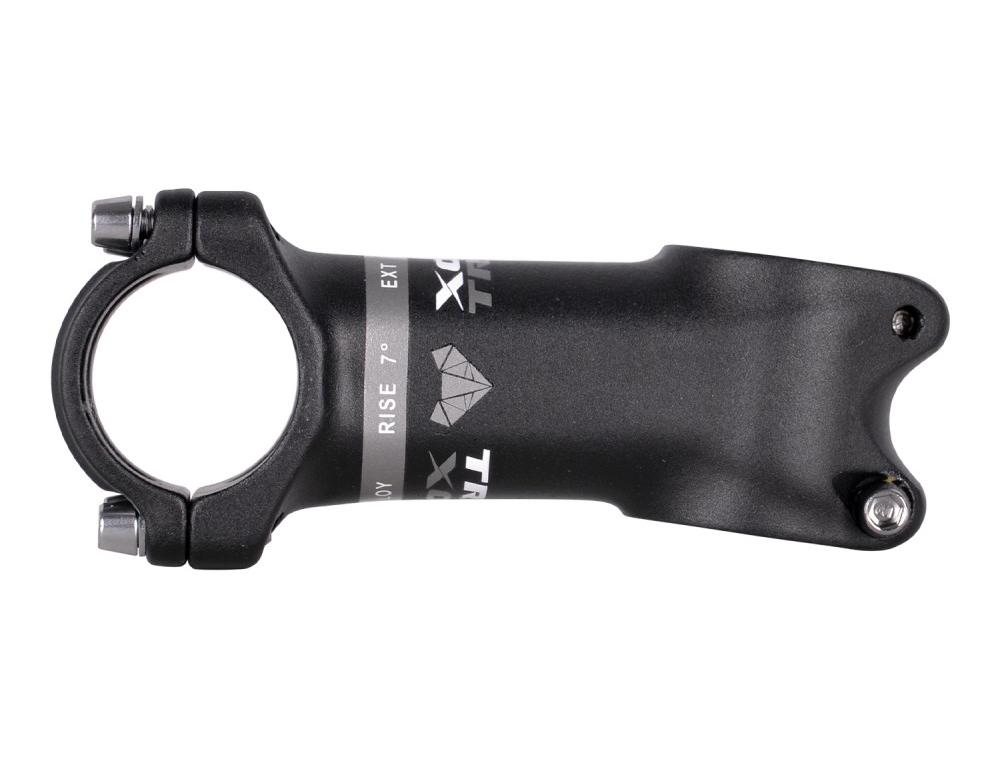
Think your stem is just a boring metal tube connecting your handlebars? Think again! That unassuming component plays a surprisingly pivotal role in your ride's comfort, control, and even efficiency. Yes, your stem makes a significant difference. Here's why:
1. Fit is King: This is the stem's PRIMARY job.
Reach: A stem that's too long forces you to over-stretch, straining your back, shoulders, and neck. Too short, and you're cramped, potentially hurting your knees or feeling twitchy. The right stem length dials in your perfect distance to the bars, promoting a comfortable, powerful, and sustainable position.
Height: A stem's angle (often +/- 6° or 10°) and stack height (via spacers) dramatically impact your handlebar height. A higher stem offers a more upright, relaxed posture (great for comfort, commuting, endurance). A lower stem creates a more aerodynamic, aggressive position (favored for racing or performance). Getting this wrong can lead to numb hands, back pain, or neck strain.
2. Handling & Control:
Stability vs. Agility: Stem length directly influences steering feel. A longer stem provides more stable, slower steering – ideal for descending at speed or loaded touring. A shorter stem makes the steering feel quicker and more responsive, beneficial for tight corners, technical trails (on MTBs), or criterium racing. Changing stem length can subtly (or dramatically) alter how your bike handles.
3. Material Matters (A Bit):
Weight: Stems come in aluminum (most common, affordable, strong), carbon fiber (lighter, can dampen vibration slightly, pricier), and steel/titanium (less common). While weight savings are marginal compared to wheels or frame, every gram counts for some riders.
Stiffness: A stiff stem (often aluminum or high-end carbon) ensures efficient power transfer from your upper body during hard efforts or sprints. Excessively flexy stems feel vague and waste energy. Most modern stems offer sufficient stiffness.
4. The "Performance" Myth (Kinda):
Don't expect swapping stems to suddenly make you significantly faster like aero wheels might. Its performance impact is indirect: enabling an efficient, comfortable position you can hold longer, and providing the right handling for your terrain.
The Crucial Takeaway:
The right stem for YOU makes a massive difference in comfort and control. The wrong stem can make riding miserable or even painful. Changing your stem is one of the most cost-effective ways to dramatically improve bike fit and ride feel.
Before You Swap: Small changes (like 10mm in length or flipping the angle) can have a big effect. If you're experiencing discomfort or handling issues, consult a professional bike fitter. They can determine if a stem change is the solution and recommend the perfect specs for your body and riding style. Don't just guess – get it right and transform your ride!

























































